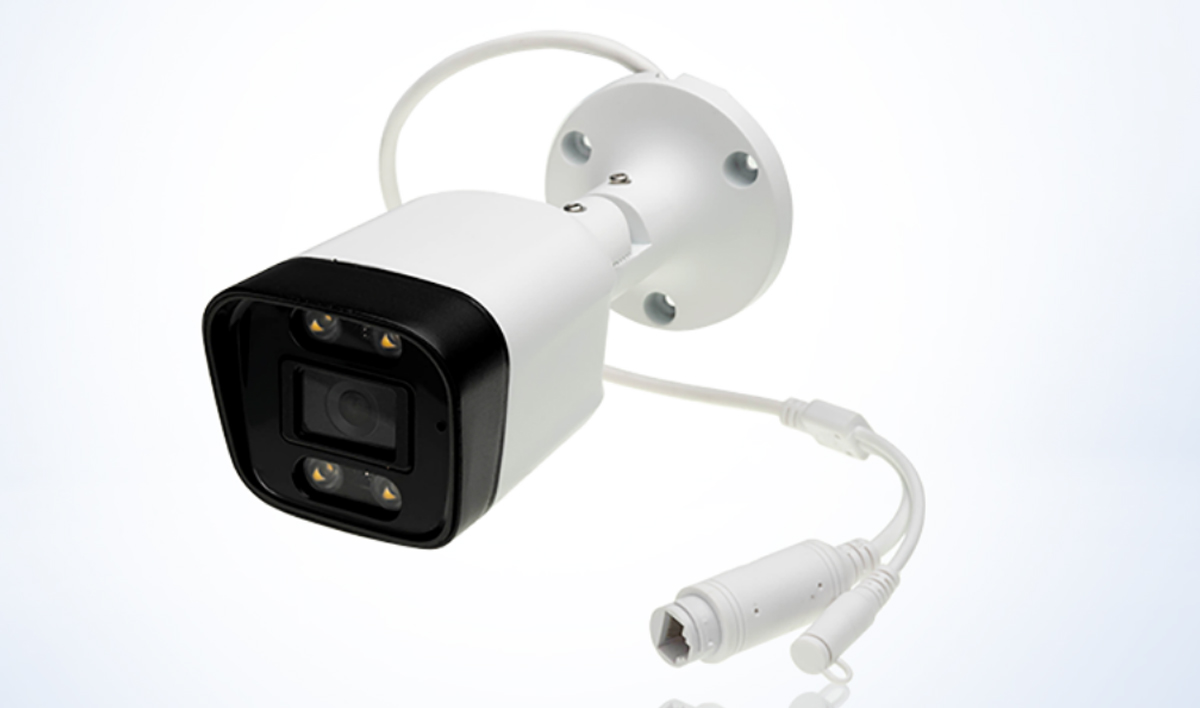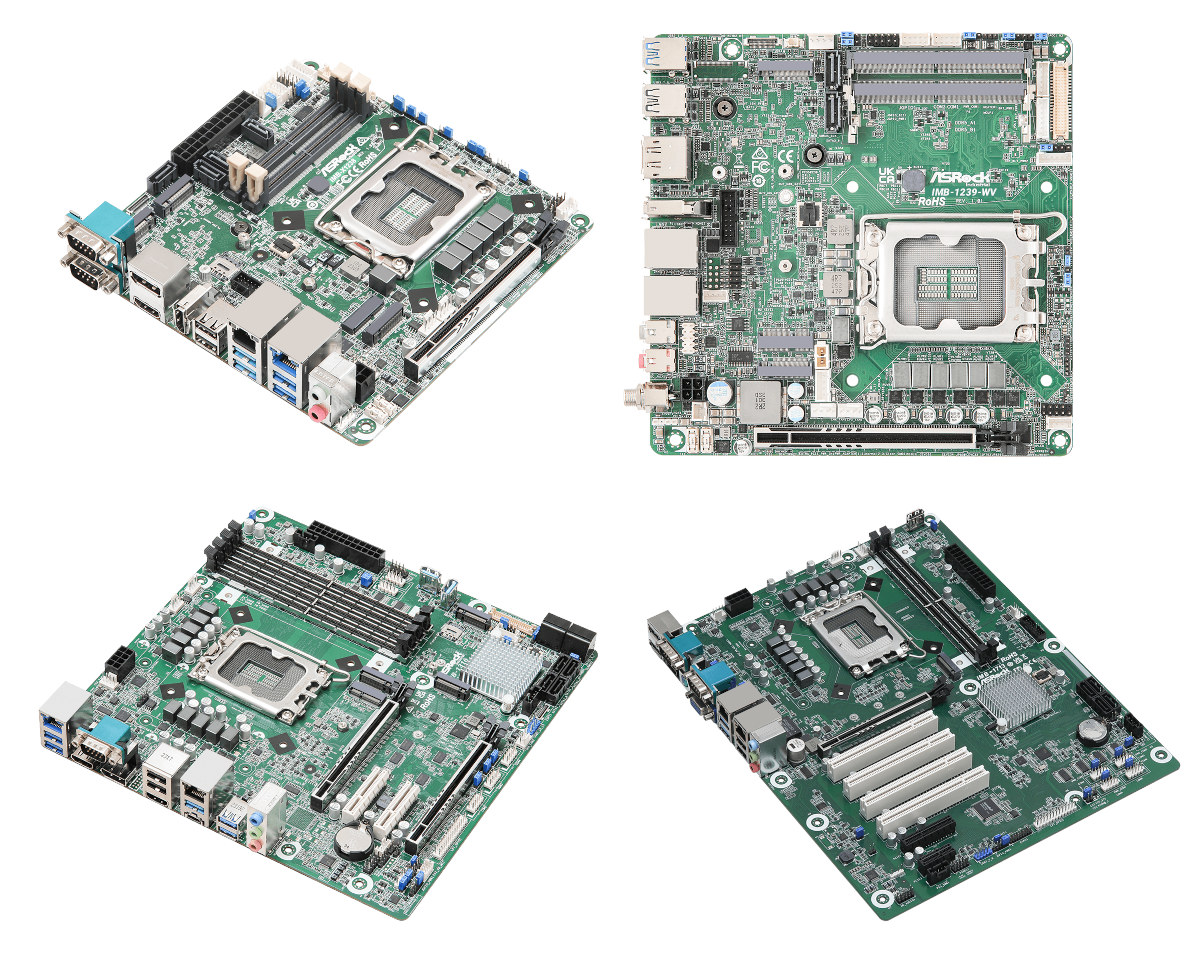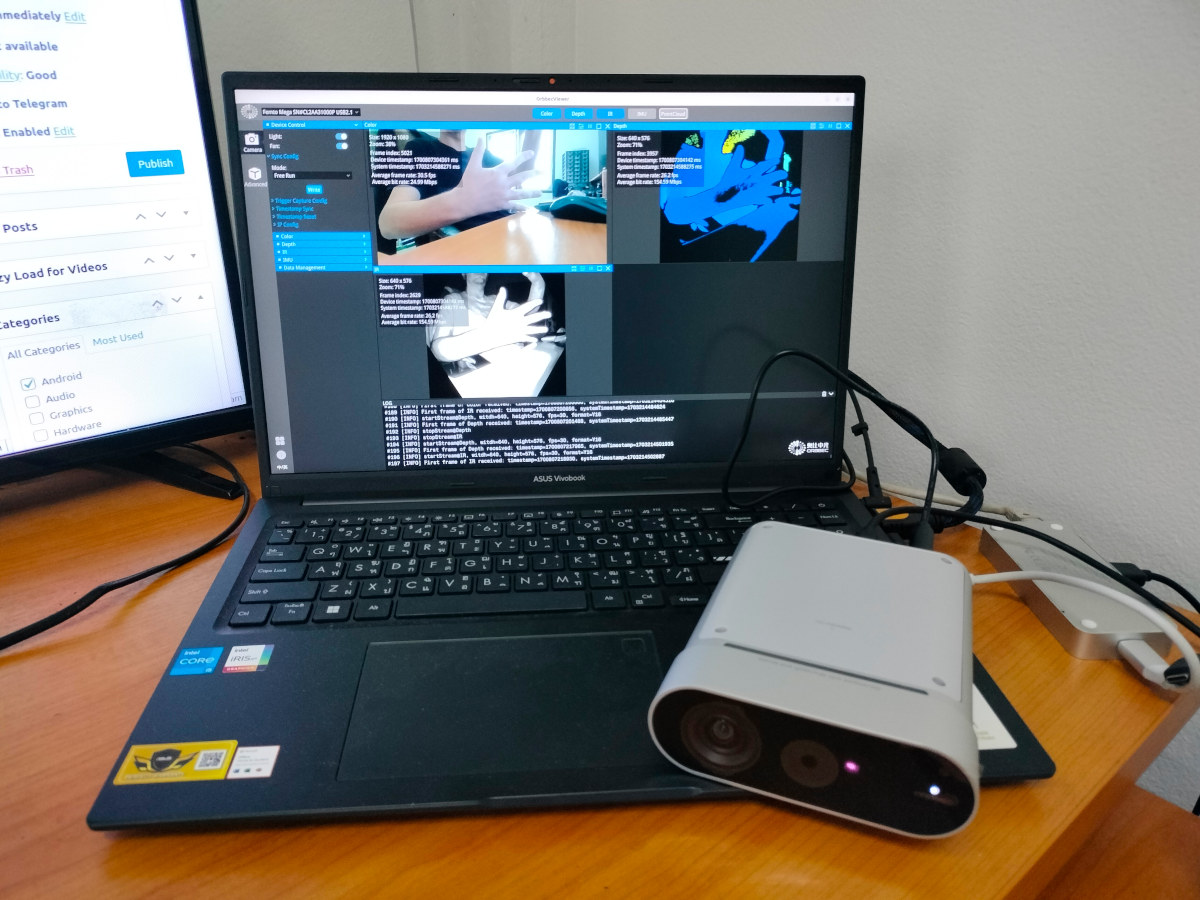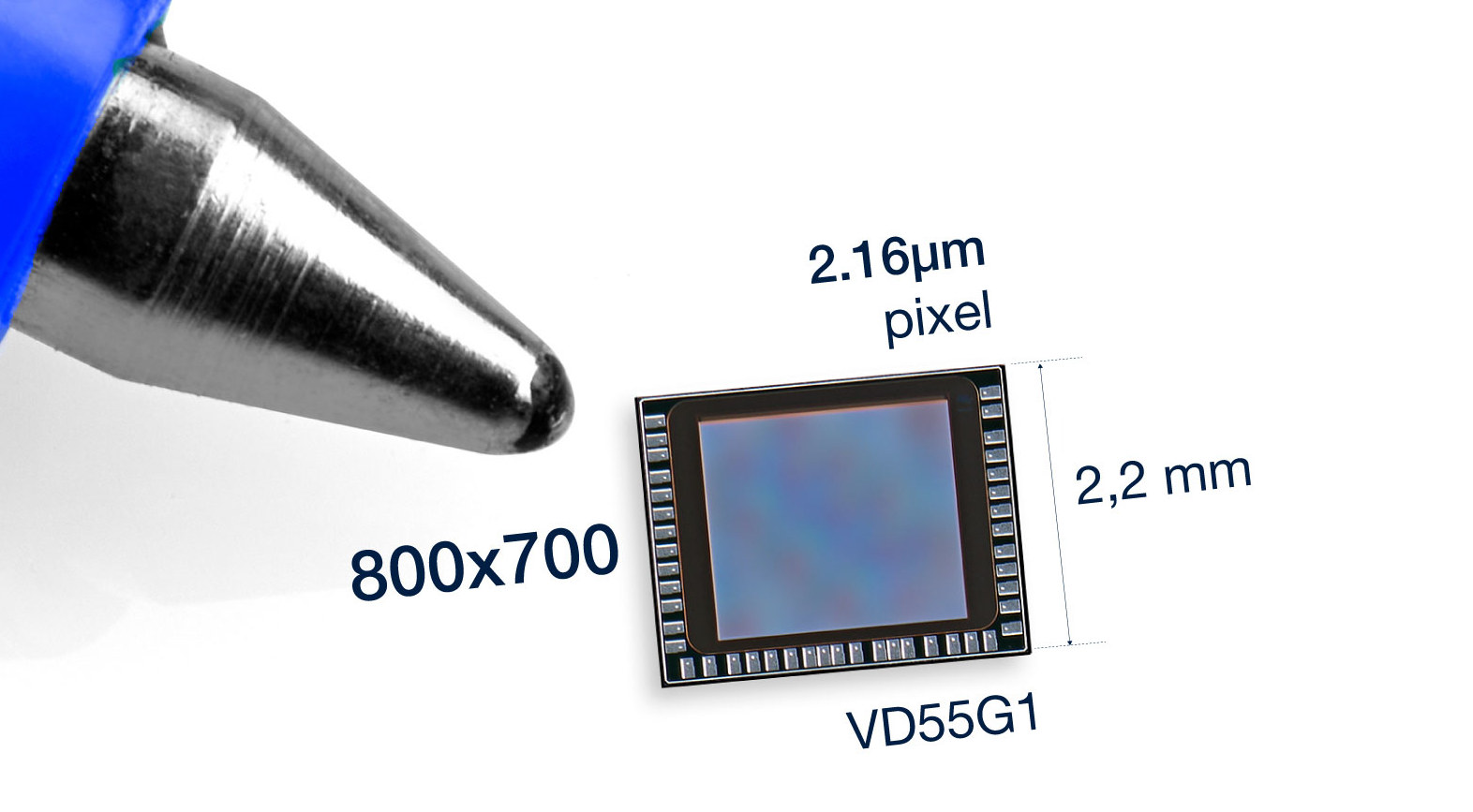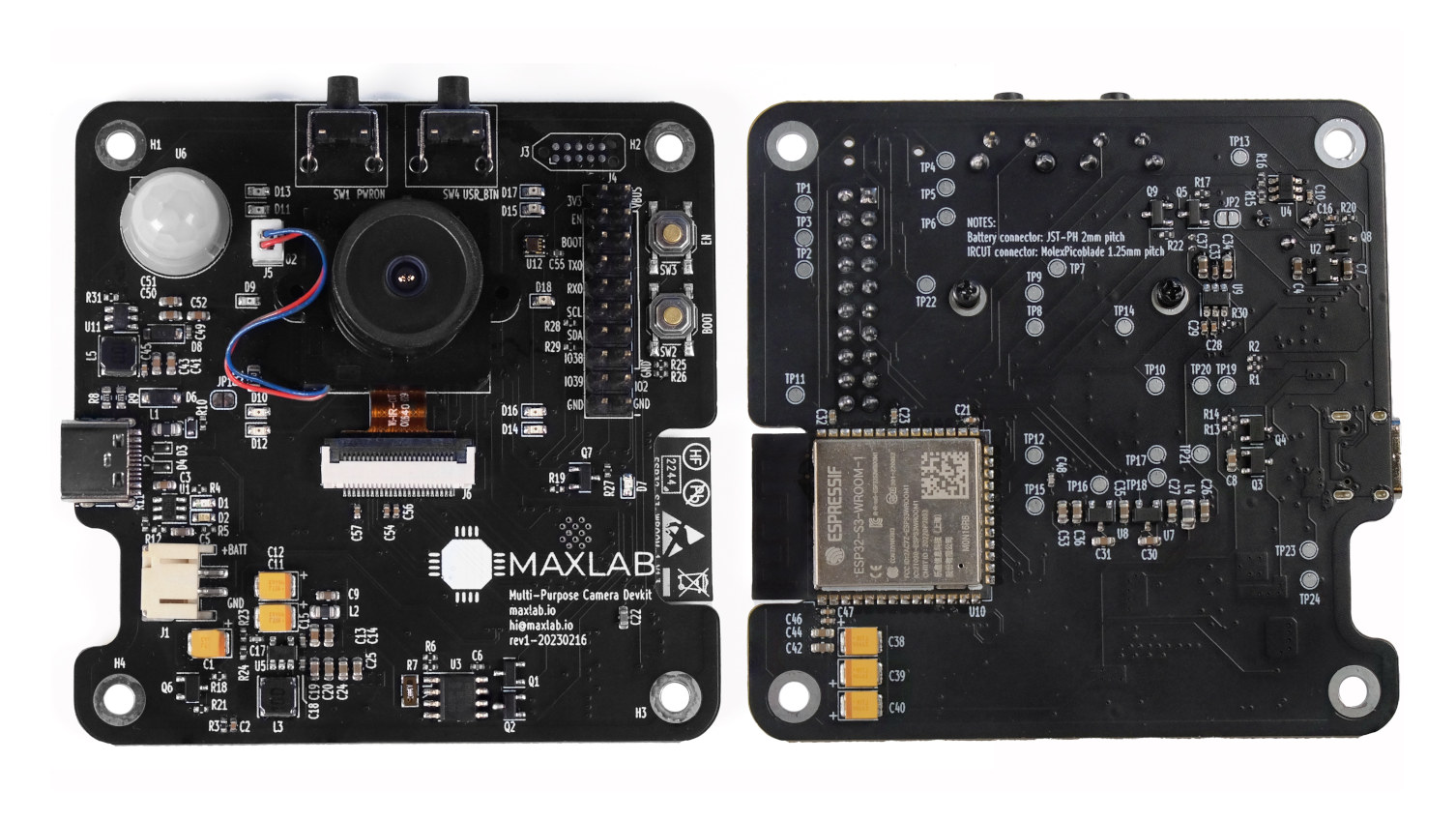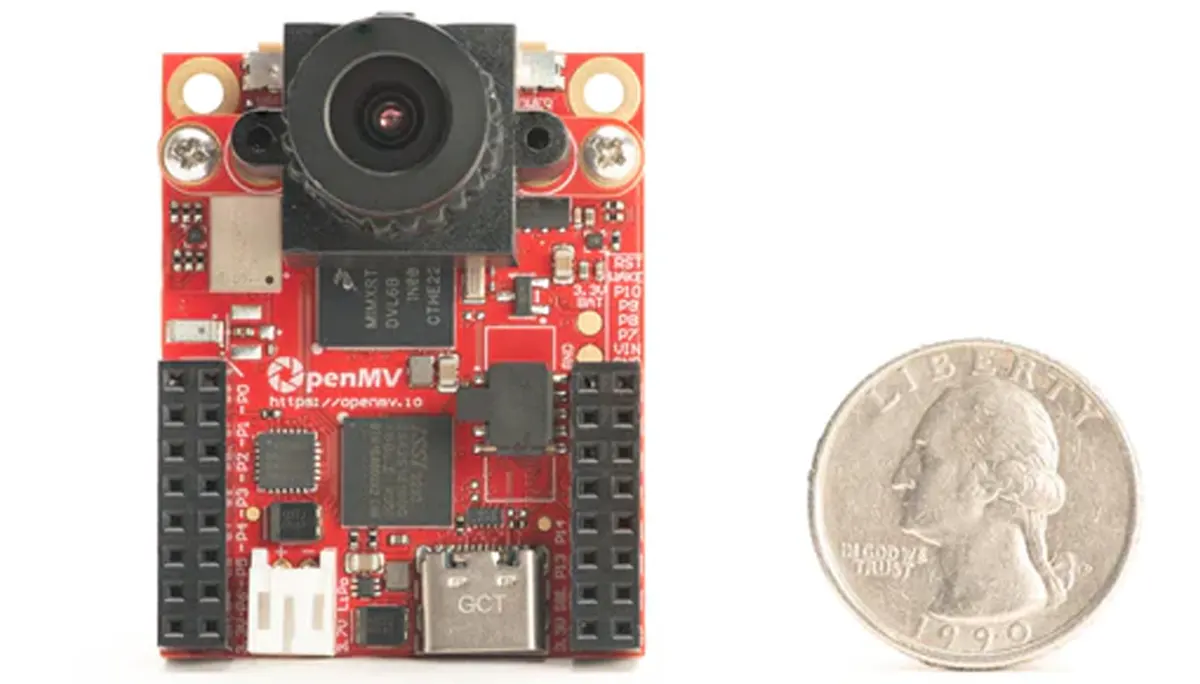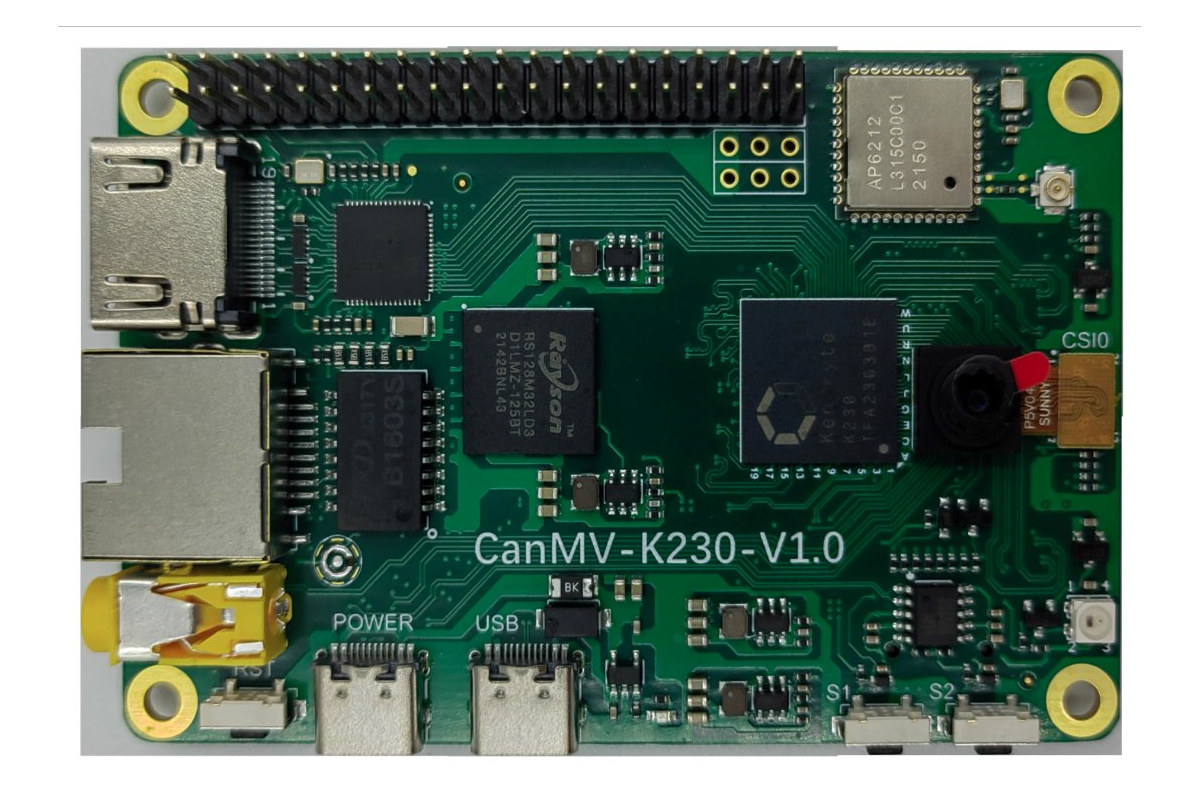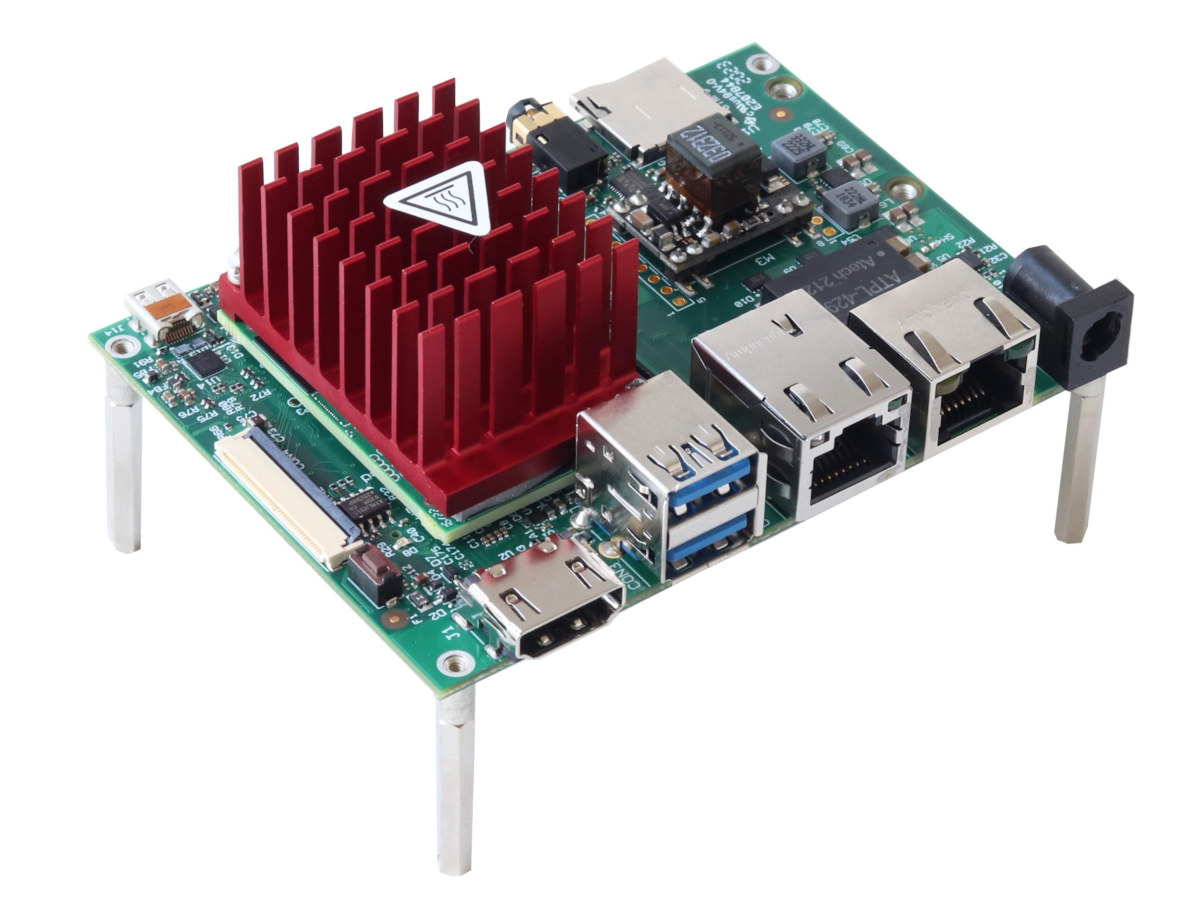Firefly CT36L AI Smart Camera (PoE) features a Rockchip RV1106G2 CPU with 0.5 TOPS NPU, a 5-megapixel ISP, and a 3-megapixel HD lens. It supports 100Mbps Ethernet with PoE and includes advanced image enhancements like HDR, WDR, and noise reduction, all while maintaining low power consumption and high image integration. We’ve previously explored various AI cameras such as Tokay Lite, EDATEC ED-AIC2020, ThinkCore TC-RV1126, Orbbec Persee+, M5Stack UnitV2 among others. Feel free to check them out for more information. Firefly CT36L AI Smart Camera (PoE) specifications: CPU – Rockchip RV1106G2 Arm Cortex-A7 @ 1.2GHz, with Neon and FPU NPU – 0.5 TOPS, supports INT4/INT8/INT16, TensorFlow/MXNet/PyTorch/Caffe/Onnx NN ISP – 5MP high-performance, HDR, WDR, 3DNR, 2DNR, sharpening, defogging, fisheye and gamma correction, feature detection VPU – 3072×1728 (5M) @ 30fps H.265/H.264 encoding, 16M@60FPS JPEG snapshot RAM – 128MB DDR3 built-in Storage – 16MB SPI Flash built-in Camera specifications: Type – Color Camera Image Sensor – SC3336 CMOS Size […]
ASRock Industrial upgrades mini-ITX, micro-ATX, and ATX motherboards for Intel Core 14th Gen Raptor Lake-S Refresh processors
ASRock Industrial has just announced 25 (twenty-five!) industrial motherboards powered by 14th gen Intel Core Raptor Lake-S Refresh hybrid processors with up to 24 cores and 32 threads introduced last October, and supporting up to 96GB DDR5 4800/5600 memory. The thin and high-rise mini-ITX, micro-ATX, and ATX industrial motherboards support up to four 4K displays, PCIe Gen5 interfaces, up to three 2.5GbE ports (and 10GbE LAN for the IMB-X1316-10G model), and USB 3.2 Gen2x2 (20 Gbps) ports for factory automation, robotics, machine vision, smart retail, kiosks, digital signage, gaming, security, and more. I would usually list the specifications of the motherboards, but since we have 25 different models, I’ll skip that and provide a summary. One reason ASRock Industrial has so many models is that those are existing motherboards with socketed processors and the company offered 12th and 13th gen CPUs so far, and the company simply updated the BIOS […]
Orbbec Femto Mega 3D depth camera review – Part 1: Unboxing, teardown, and first try
Orbbec sent us a Femto Mega 4K RGB and 3D depth and camera for review. The camera is powered by an NVIDIA Jetson Nano module, features Microsoft ToF technology, and outputs RGB, TOF, and IR data through a USB-C port or a gigabit Ethernet port. I’ll start the two-part with an unboxing, a teardown, and a quick try with the OrbbecViewer program on Ubuntu 22.04 in the first part of the review because checking out the software and SDK in more detail in the second part later on. Femto Mega depth and RGB camera unboxing I received the camera in a cardboard package showing the camera model and key features: “ORBBEC Femto Mega DEPTH+RGB CAMERA”. The package’s content is comprised of a USB-C cable to connect to the host, the camera, and a 12V/2A power adapter. The front side of the camera features the RGB camera sensor, the TOF (Time-of-Flight) […]
STMicro VD55G1 – A small, low-power global shutter I3C camera sensor for computer vision
STMicro VD55G1 is a new global shutter I3C camera sensor with a small die size of 2.7 x 2.2 mm, 804 x 704 pixels native resolution, and consuming about 1mW in its ‘always-on’ autonomous mode to wake up the host when motion is detected. Camera sensors are available with rolling or global shutter, with most from the former type, but as we’ve seen in our reviews of the e-Con Systems See3CAM_24CUG (USB 3.1) and the Raspberry Pi Global Shutter (MIPI CSI) global shutter cameras, the latter is much better we capturing moving objects clearly at high frame rates with fewer artifacts than with rolling cameras. The VD55G1 global shutter sensor will also benefit from the same advantage but is offered in a smaller package working over MIPI CSI and/or I3C, making it suitable for devices with small batteries used in applications such as eye tracking or motion estimation. STMicro VD55G1 […]
Tokay Lite – A battery-powered no-code AI camera based on ESP32-S3 WiSoC (Crowdfunding)
Maxlab’s Tokay Lite is an OHSWA-certified AI camera based on ESP32-S3 WiFI and Bluetooth SoC that can be used for computer vision (e.g. facial recognition & detection) and robotics applications without the need to know programming languages since a web interface is used for configuration. The WiFi and Bluetooth AI camera also features night vision with four IR LEDs, an IR cut filter, light and PIR motion sensors, a 20-pin expansion connector with SPI and UART, support for an external RTC, and can take power from USB-C or a LiPo battery. Tokay Lite specifications: Wireless module ESP32-S3-WROOM-1 MCU – ESP32-S3 dual-core LX7 microprocessor @ up to 240 MHz with Vector extension for machine learning, 512 KB SRAM Memory – 8MB PSRAM Storage – 8MB SPI flash Connectivity – WiFi 4 and Bluetooth 5 with LE/Mesh PCB antenna Certifications – FCC/CE certification Camera OV2640 camera sensor (replaceable) via DVP interface Image Capabilities: […]
OpenMV CAM RT1062 camera for machine vision is programmable with MicroPython
Following the success of the OpenMV Cam H7 and the original OpenMV VGA Camera, OpenMV recently launched the OpenMV CAM RT1062 powered by NXP’s RT1060 processor. This new camera module integrates a range of features, including a high-speed USB-C (480Mbps) interface, an accelerometer, and a LiPo connector for portability. Similar to its predecessor, this camera module also features a removable camera system, and it is built around the OV5640 image sensor which is more powerful in terms of resolution and versatility. However, the previous Omnivision OV7725 sensor, used in the OpenMV Cam H7 has a far superior frame rate and low-light performance. OpenMV provides a Generic Python Interface Library for USB and WiFi Comms and an Arduino Interface Library for I2C, SPI, CAN, and UART Comms which can be used to interface your OpenMV Cam to other systems. To program the board, you can use MicroPython 3 with OpenMV IDE, […]
CanMV-K230 AI development board features Kendryte K230 dual-core 64-bit RISC-V processor
CanMV-K230 is a credit card-sized development board for AI and computer vision applications based on the Kendryte K230 dual-core C908 64-bit RISC-V processor with built-in KPU (Knowledge Process Unit) and various interfaces such as MIPI CSI inputs and Ethernet. The first Kendryte RISC-V AI processor was launched in 2018 with the K210 which I tested with the Grove AI HAT and Maixduino board and found fun to experiment with, but noted that performance was limited. Since then the company introduced the K510 mid-range AI processor with a more powerful 3 TOPS AI accelerator, and the K230 entry-level successor to the K210 – which was planned for 2022 in a 2021 roadmap – has now just been launched and integrated into the CanMV-K230 development board. CanMV-K230 specifications: SoC – Kendryte K230 CPU 64-bit RISC-V processor @ 1.6GHz with RISC-V Vector Extension 1.0, FPU 64-bit RISC-V processor @ 800MHz with support for […]
Hummingboard 8P Edge AI SBC combines NXP i.MX 8M Plus SoC with Hailo-8 AI accelerator
Hummingboard 8P Edge AI Pico-ITX SBC combines an NXP i.MX 8M Plus processor – itself with a 2.3 TOPS NPU – with the 26 TOPS Hailo-8 AI accelerator for edge AI applications such as smart cameras and automated optical inspection. The compact board comes with up to 8GB RAM, up to 128GB eMMC flash, two gigabit Ethernet ports including one with PoE, WiFi 5, a MIPI camera interface, HDMI and micro HDMI ports, two USB 3.0 ports, and more. Hummingboard 8P Edge AI specifications: SoC – NXP i.MX 8M Plus quad-core Cortex-A53 @ up to 1.8 GHz with Arm Cortex-M7 @ up to 800 MHz, Vivante GC7000UL 3D GPU, Vivante GC520L 2D GPU, 2.3 TOPS NPU System Memory – Up to 8GB LPDDR4 Storage – Up to 128GB eMMC flash, microSD card slot AI accelerator – M.2 Hailo-8 module delivering up to 26 TOPS Video Output – HDMI and Micro […]


